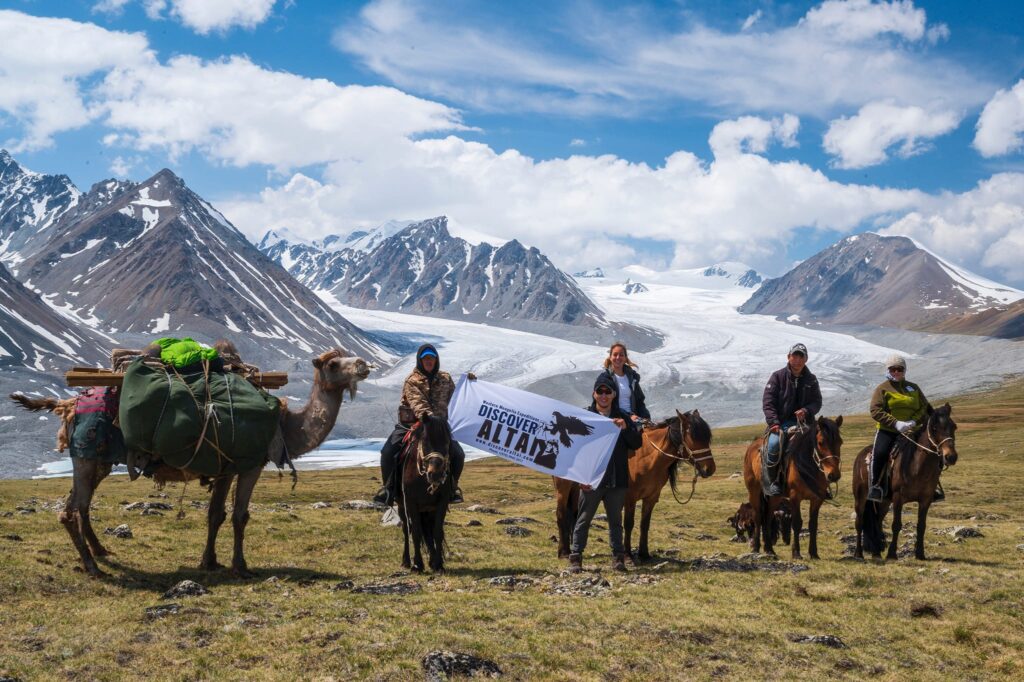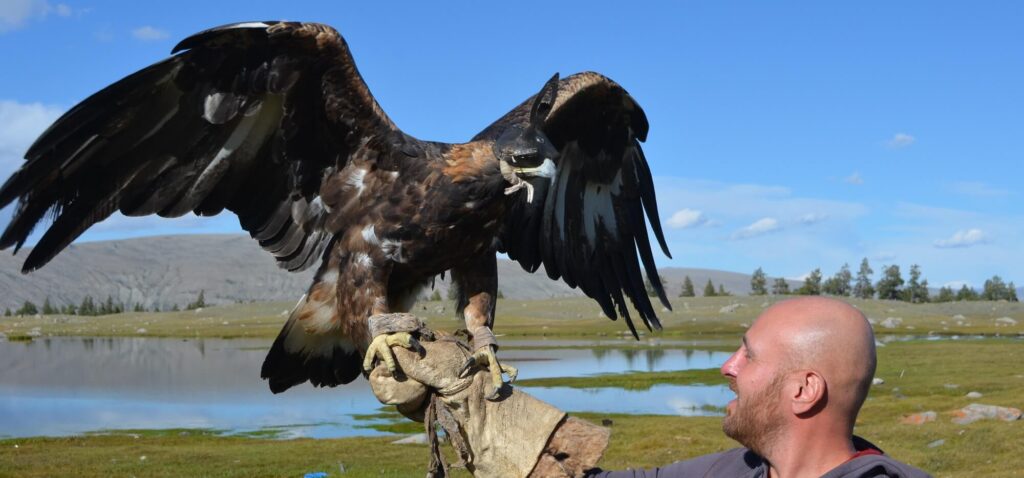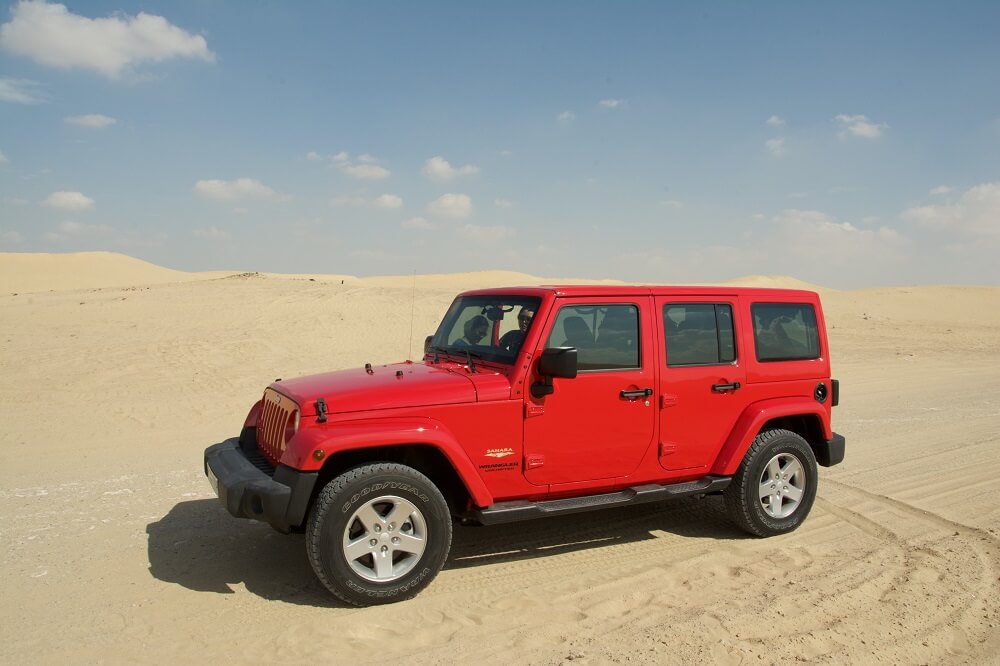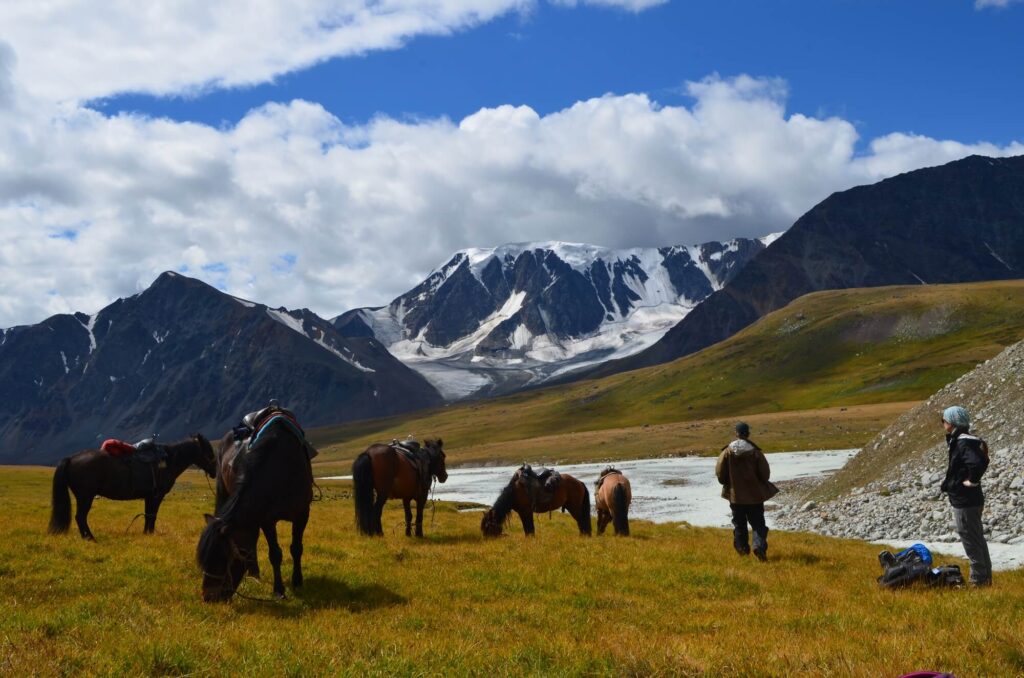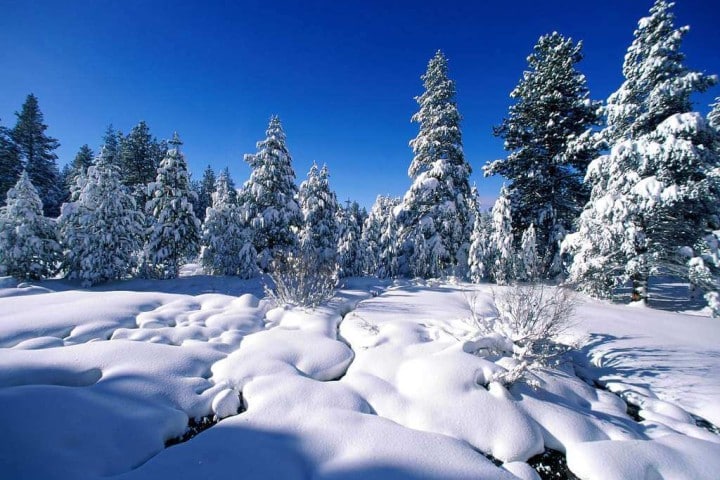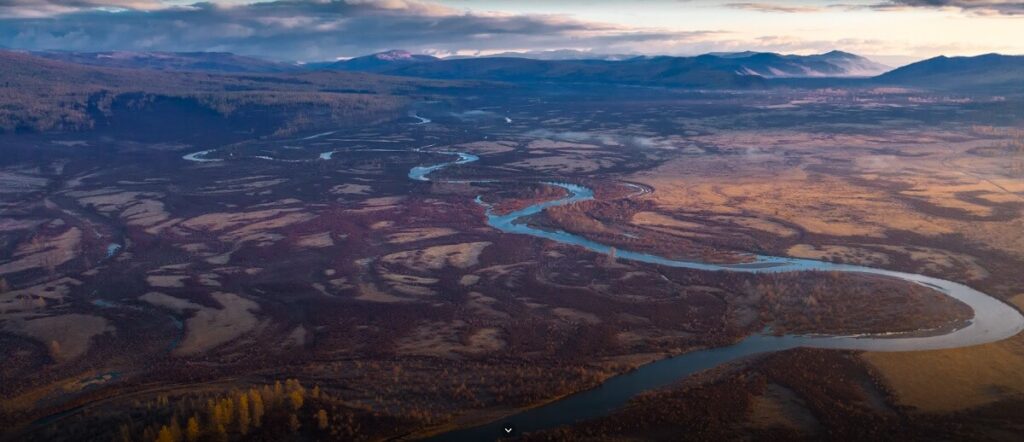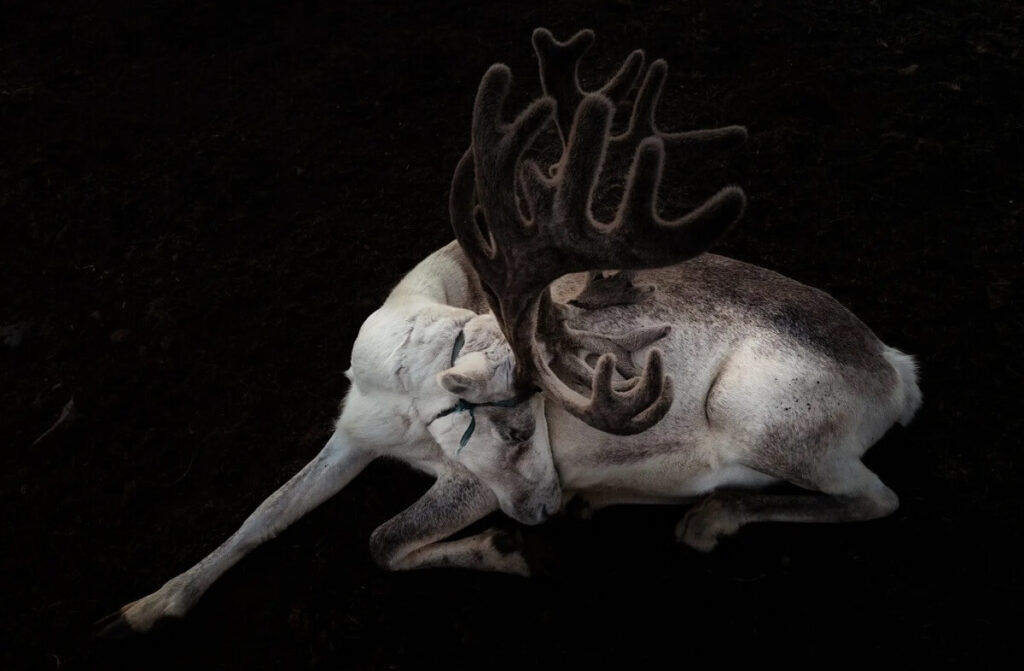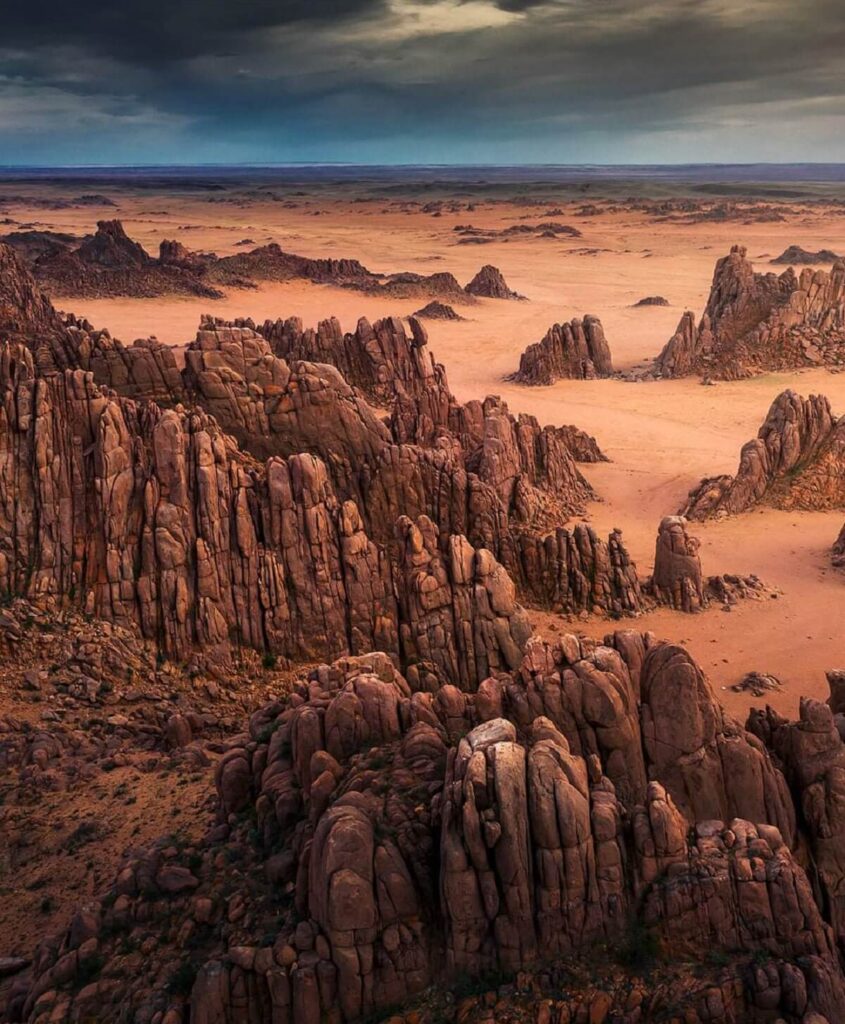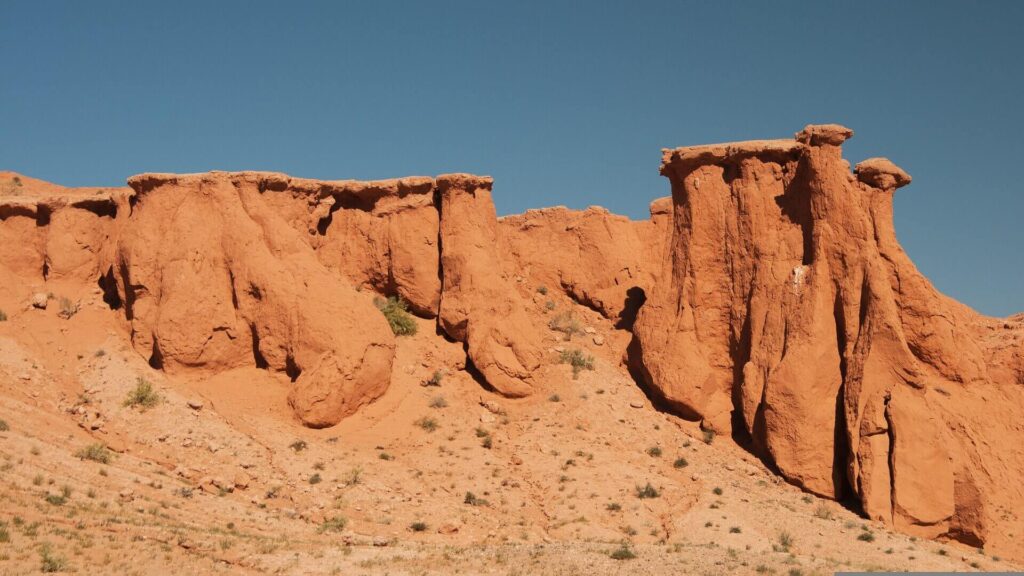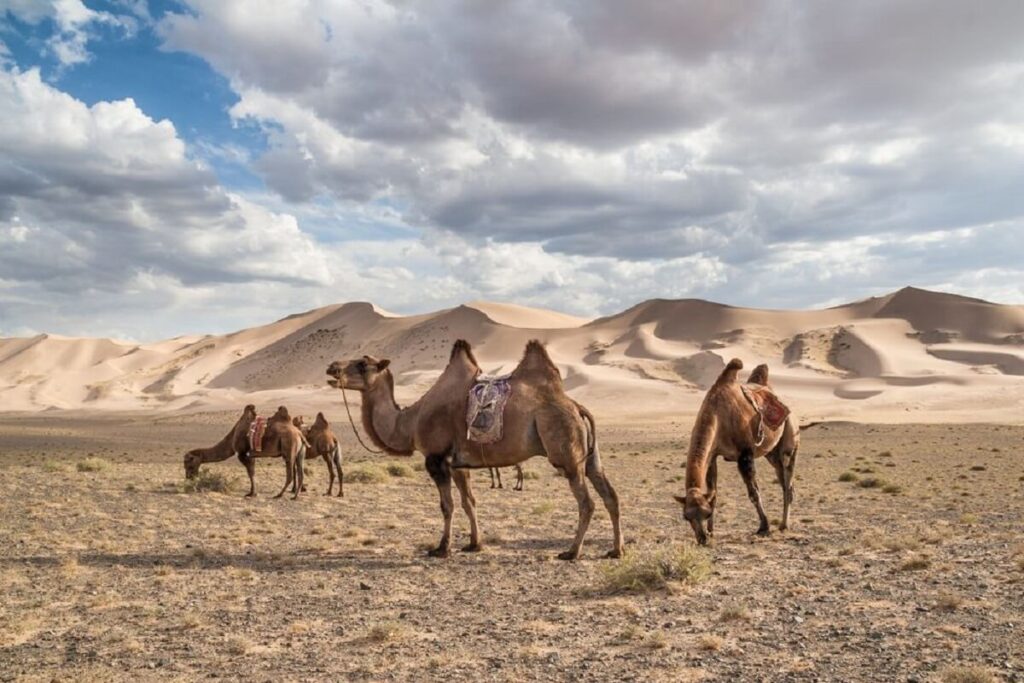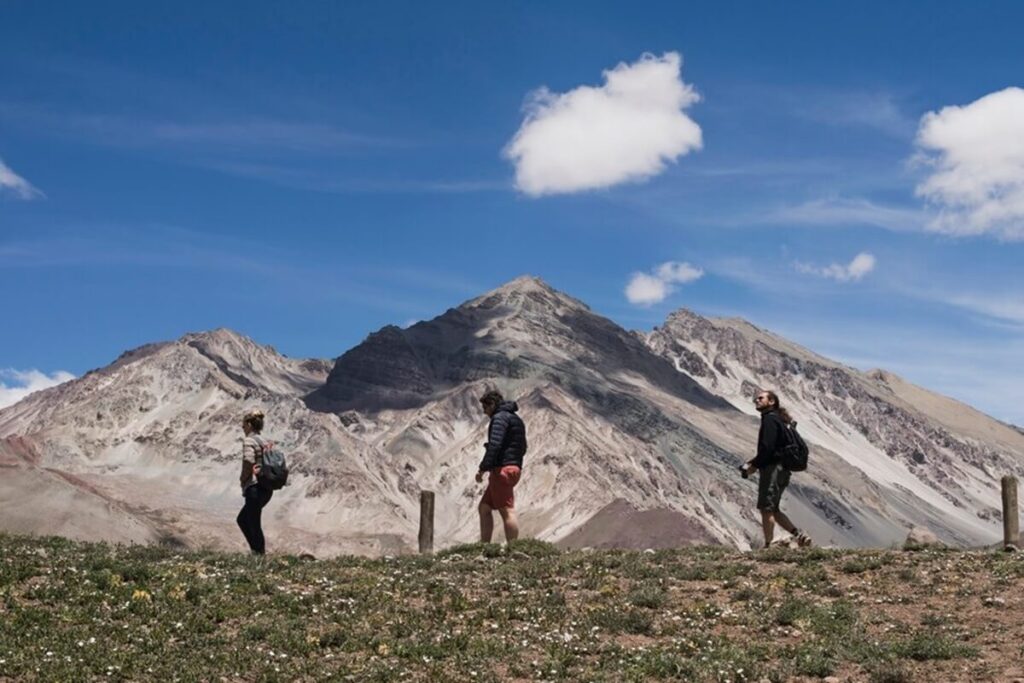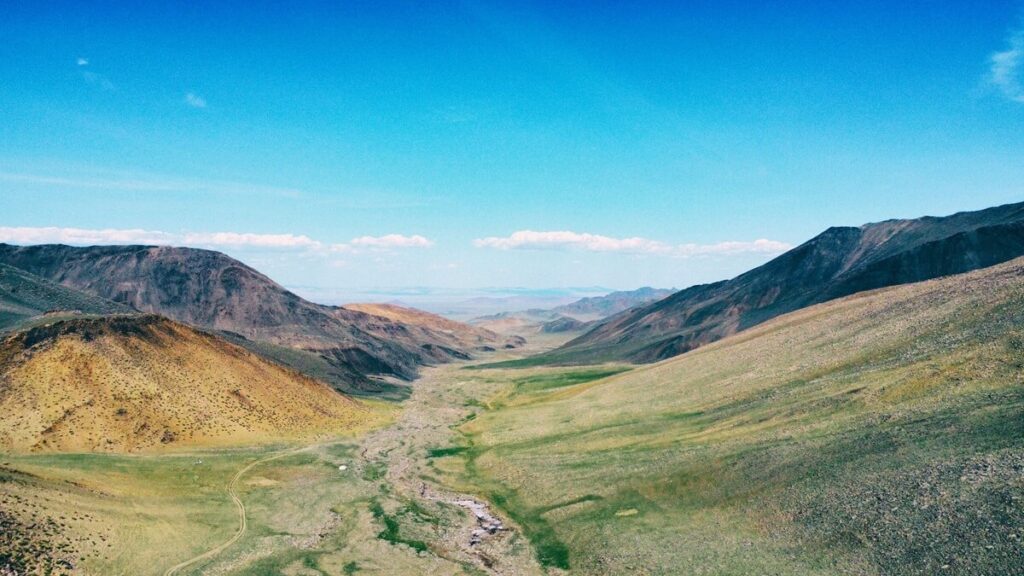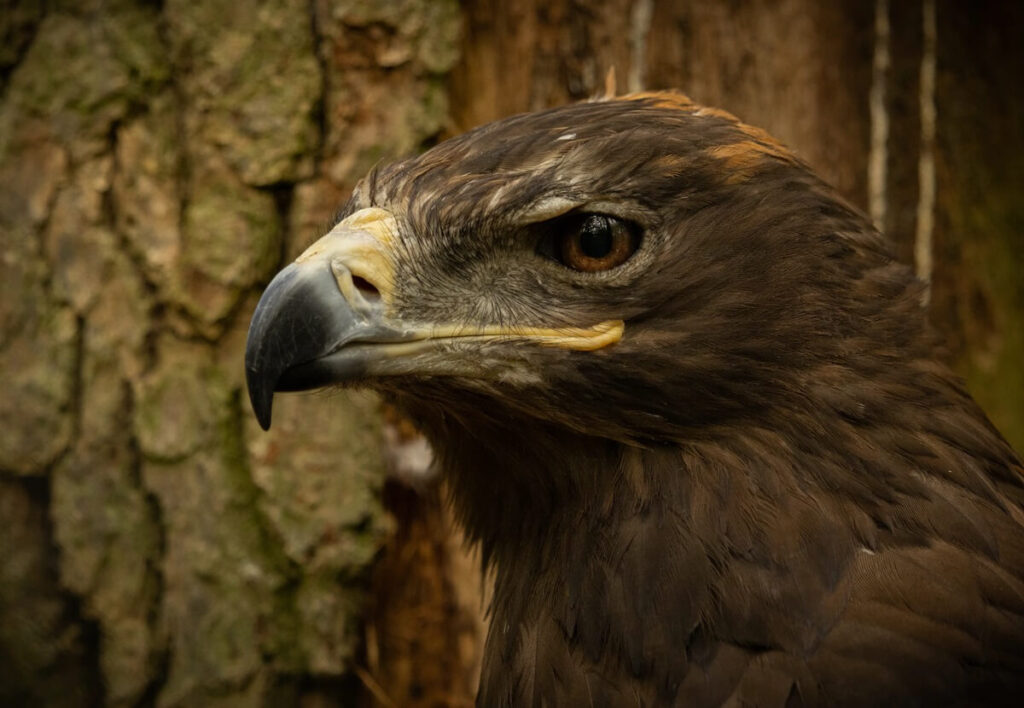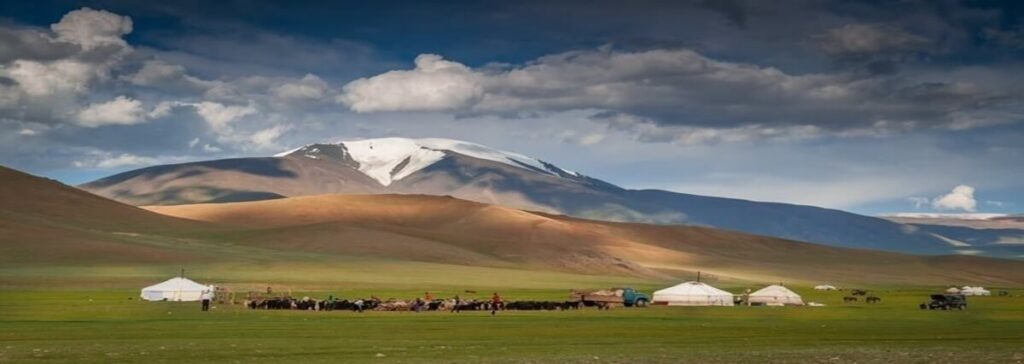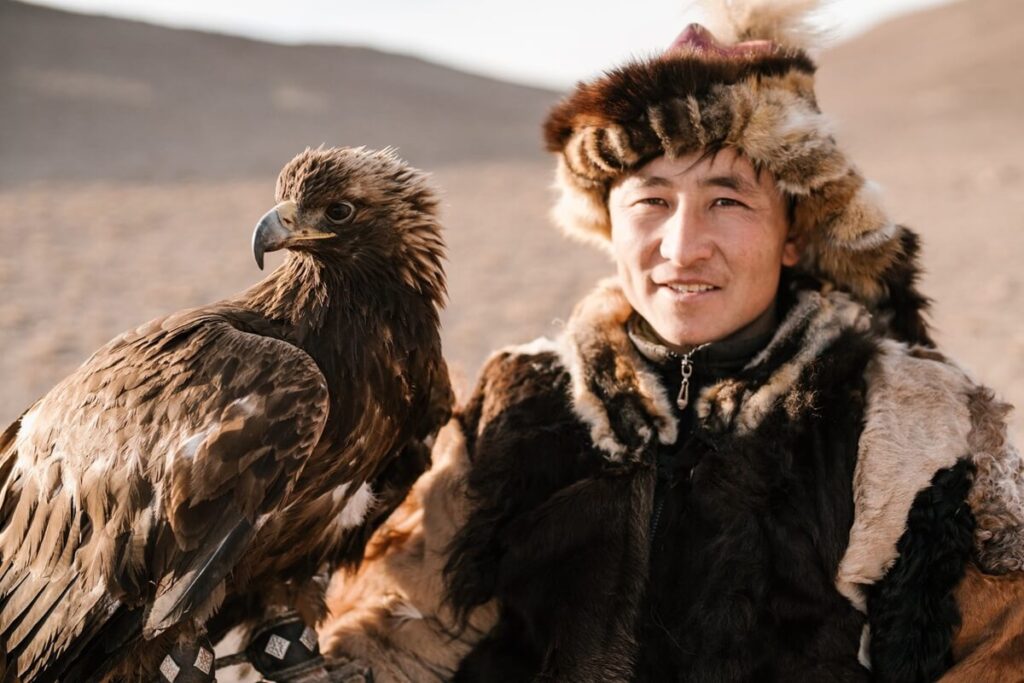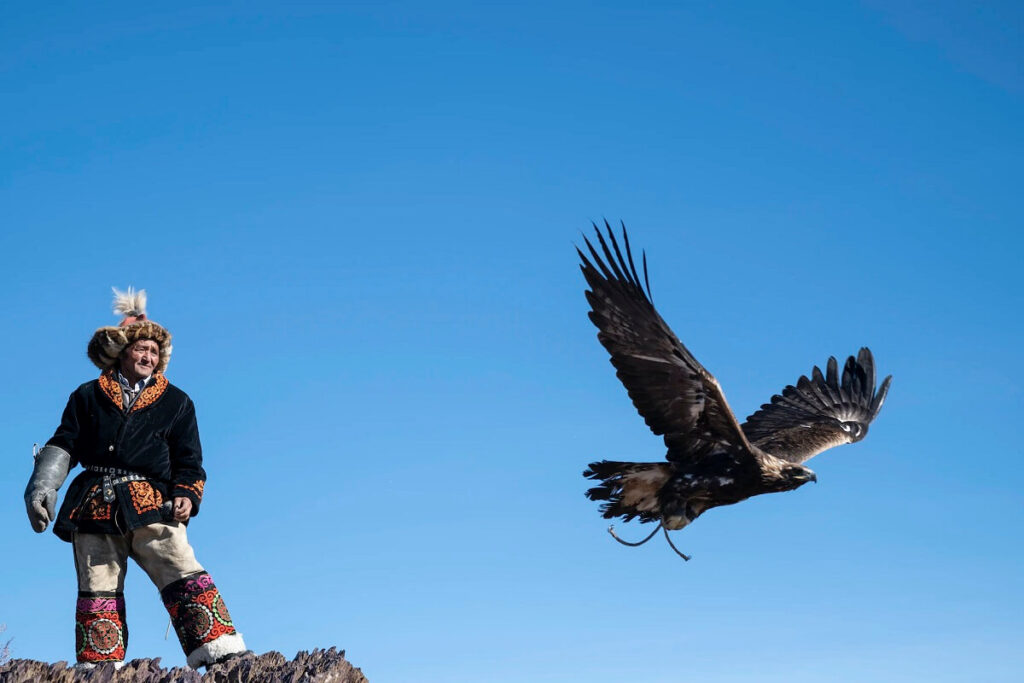Top 10 places to visit in Mongolia – Mongolia is home to mesmerizing landscapes that will stay with you long after you leave. The second least densely populated country in the world, Mongolia is located in East Asia and spans 1,564,116 square kilometers.
In Mongolian countryside, you can find untouched natural wonders as well as many other beautiful places. Here are ten of the best places to visit in Mongolia.
We offer you MONGOLIA HORSE TREKKING TOUR. Come and enjoy the Mongolia Horse Riding Tour. Mongolia is home to the last nomads. Mongolian Horses are the most important part of nomadic life. It will be wonderful 🤩🤩
1. ULAANBAATAR
Ulaanbaatar, Mongolia’s capital, is also the city’s cultural and commercial hub, home to nearly half of the population.
The city’s history can be traced back to 1639 when it was founded as a nomadic Buddhist monastery.
Nowadays, Ulaanbaatar is a modern metropolis with a population of over 1.3 million people, although it still retains its Mongolian heritage and culture.
There are several lovely old monasteries strewn about the place: Choijin Lama and Gandantegchinlen are the finest, and they’re hidden away in the endless sprawl. Terelj National Park is just 2 hours drive away.
2. ALTAI TAVAN BOGD NATIONAL PARK
The Altai Tavan Bogd National Park is one of the most popular tourist destinations in Western Mongolia. Located in the westernmost part of the country, the park is home to five of Mongolia’s tallest mountains, including Khüiten Peak, which is the country’s highest point at 4374 meters.
The park also contains glaciers, rivers, and lakes, as well as a variety of wildlife including snow leopards, ibex, deer, eagles, and vultures. The Tavan Bogd Mountains, which tower over three large freshwater lakes, are a magnificent sight.
The magnificent scenery of the Altai Mountains stretches for 900 kilometers and is home to Palaeolithic remains, Scythian tombs, and an amazing collection of Bronze Age rock carvings. They are known as the “Golden Mountains” in the local Kazakh language.
3. MONGOLIAN GOBI DESERT
The desolate, harsh conditions of the Gobi Desert are not for the faint-hearted; this is what makes them so thrilling to explore. Venturing into the Gobi Desert is like visiting a dreamscape full of endless sand dunes, ancient rock formations, and bleak desert stretching out in every direction.
The Gobi Desert is one of the most inhospitable places on Earth, and yet it is home to a surprisingly diverse array of wildlife. The desert spans over 500,000 square kilometers, making it the fifth largest desert in the world. Despite its arid reputation, the Gobi Desert is actually quite lush, with grasslands, shrubs, and even trees.
The two main attractions in the Gobi Desert are Khongor’s incredible singing sand dunes and Yolyn Am and Dungeneegyn’s marvelous scenery. However, you can’t go wrong anywhere in the Gobi Desert as it is all so majestic– just be sure to stick to the path!
4. KHUVSGUL LAKE
Khuvsgul Lake is one of the most beautiful places in Northern Mongolia and is often referred to as the “Blue Pearl” of the country. Located in the northwest, Khuvsgul Lake is surrounded by mountains and forest steppes. The lake itself is over 70 kilometers long and 15 kilometers wide, and has a depth of up to 262 meters.
Khuvsgul Lake is a haven for outdoor enthusiasts, with activities such as hiking, horseback riding, and mountain biking available in the summer months. In the winter, the lake freezes over and becomes a popular spot for ice fishing and dog sledding.
Although Khövsgöl Lake lacks fish and marine life, it contains almost 70 percent of Mongolia’s freshwater.
It was formed over two million years ago and is surrounded by a national park full of wildlife like ibex, elk, and brown bears. The views from the scenic trails are incredible, with picturesque landscapes of the lake on display.
5. KARAKORUM & ERDENE ZUU MONASTERY
Karakorum is ancient city of the Mongol Empire from 1235 to 1260, and it was here that Genghis Khan proclaimed himself the “Great Khan” of all Mongols.
The city was later abandoned, and now only ruins remain. However, these ruins are still worth visiting as they offer a glimpse into the country’s rich history.
The ruins of grain silos, stone turtles, kiln smelting houses, and crumbling ancient stupas are still visible; a testament to the former power of this Mongol capital.
Today, it’s a popular destination for those interested in walking in the footsteps of figures like Genghis Khan or checking out interesting Erdene Zuu Monastery and gorgeous Yuan Dynasty temple shrines.
6. KHUSTAIN NURUU NATIONAL PARK
Khustain Nuruu National Park is Mongolia’s first and only national park dedicated to the protection of the endangered Takhi, or Przewalski’s horse. These horses are the last remaining wild horses in the world, and they are native to the steppes of Mongolia.
The national park is located in the central part of Mongolia and covers an area of 1,600 square kilometers. It is home to a variety of plant and animal life, including the Takhi, red deer, argali sheep, Beech martens, and black kites.
The park also offers a unique opportunity to experience traditional Mongolian life. Visitors can stay in a ger (traditional Mongolian dwelling) and take part in activities such as horse riding, archery, and camel riding.
7. KHORGO TERKHIIN TSAGAAN NUUR NATIONAL PARK
This gorgeous stretch of conserved territory, which runs the length of the Mongolian northwest and is home to some amazing sights, has been a defining feature of the region since ancient times.
The fractured caldera of Khorgo Volcano, an extinct volcano that once spread devastation throughout the valleys with its pyroclastic flows and ash clouds, can be seen from up high.
If you climb to the 2,240 meter-high peak today, you will be graced with a breathtaking view of volcanic ridges and lakes in every direction.
This is also the home of Lake Terkhiin Tsagaan Nuur, where you can see marsh deer and chitals roaming freely between the yurts of local nomad herders.
8. ERDENET CITY
Erdenet is the second largest city in Mongolia with a population of over 130,000 people. It is located in the north of the country and is an important mining center.
Erdenet is known for its copper mines, which produce around one third of Mongolia’s total copper output.
It’s beautiful and bustling, with well-kept gardens in the heart of town, some excellent museums (dedicated to mining, of course) and easy access to the fascinating Buddhist temples at Amarbayasgalant Monastery to the north-east.
9. ELSEN TASARHAI
The sand dunes in Elsen Tasarkhai, which translates to ‘an isolated torn-off piece of sand,’ are quite the site.
280km west from Ulaanbaatar, these 80km long dunes along the Tarna River are a stark contrast to the Mount Khugnu Khan and Mount Ikh Mongol that surround it. Hike across the dunes and you may encounter some of its inhabitants: Maral stags, wolves, deer or foxes.
10. ÖLGII
Ölgii is the capital of the Bayan-Ölgii Aimag (province), which is mostly Kazakh in Mongolia. The city’s stunning backdrop, which is sandwiched between the peaks of the Altai Mountains and the waters of the Khovd River, makes it a great starting point for seeing the magnificent scenery of Altai Tavan Bogd National Park.
The region has been home to the Kazakhs for centuries, long before modern Mongolia was founded in 1911. It flourished as a centre of Islamic teaching and culture until the religious purges of the 1930s.
Today, it is known for its traditional Kazakh embroidery and music. Each year, up to 80 eagle hunters from all over Central Asia converge on the city for the famous Golden Eagle Festival – an event that celebrates their shared heritage.
OTHER FAMOUS PLACES IN MONGOLIA
- Terelj National Park
- Orkhon Valley (unesco world heritage site)
- Gobi Gurvansaikhan National Park
- Moron
- Khongor Sand Dunes
- Ulaangom
- Khan khentii national park
WHERE TO TRAVEL IN MONGOLIA?
If you’re wondering the above question , you’re not alone. Mongolia is a vast and largely unexplored country, making it a bit of a challenge to plan a trip. But that’s part of the appeal!
There are limitless possibilities for adventure in Mongolia. Whether you want to explore the untouched wilderness of the Mongolian steppe, go horseback riding through the Altai Mountains, or visit the capital city of Ulaanbaatar, there’s something for everyone.










